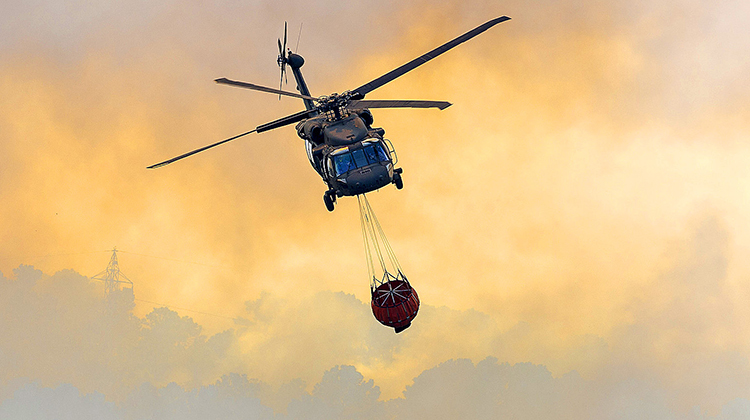
Sikorsky Helitech, Kaan Air Australia and StarFlight Australia have signed an agreement to bring an initial 10 ex-US Army UH-60 Black Hawk helicopters into Australia to be refurbished for use locally in aerial firefighting, emergency services and disaster relief operations.
Sikorsky Helitech will carry out the ‘as new’ condition refurbishments at its Pinkenba facility on the banks of the Brisbane River, south of Brisbane Airport, with the helicopters to be imported into Australia from early next year.
The Black Hawks will be operated by StarFlight Australia, which launched in April 2016, while Sikorsky Helitech will provide ongoing maintenance and repairs.
Each Black Hawk will undergo a three-month long extensive refurbishment which will include fitting new, higher-performing General Electric T700-GE-701D turboshaft engines, upgraded gearboxes and new avionics including a helicopter terrain awareness and warning system (HTAWS).
The agreement, announced in Brisbane on Thursday, is valued at up to $175 million when including an option to upgrade an additional 10 Black Hawks.
“The purchase of 10 plus 10 optioned Black Hawks represents a significant milestone for the firebombing and disaster relief helicopter industry in Australia, particularly in terms of efficient rotary wing attack to reduce loss of life and property during bushfire events,” said Kaan Air Australia and StarFlight Australia chief executive John Skeen in a statement.
“The helicopters are being purchased by an Australian company, will be registered in Australia and most importantly will be fully maintained and supported in Australia by the helicopter OEM Sikorsky and its supply chain commitment, helping to boost local jobs in the area and guaranteeing ongoing supply chain support of our Black Hawk fleet.”
Skeen said more than 50 new pilot and technical jobs will be created as a result of the agreement in the long term, including new apprenticeship opportunities.
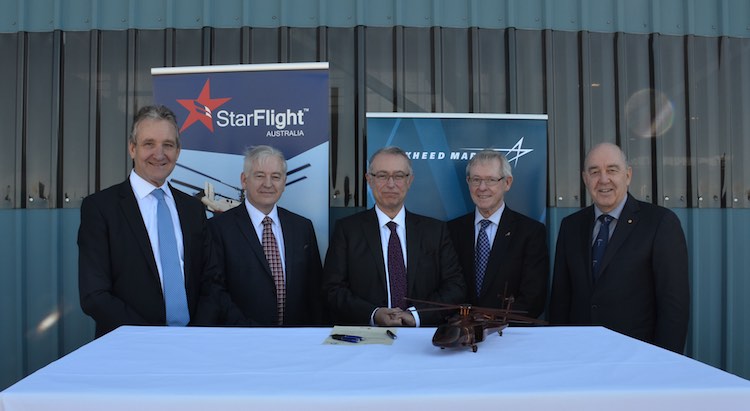
The Black Hawks’ firefighting capability will be in the form of an underslung bucket or an internal tank system. The internal tank will be developed and manufactured locally with StarFlight currently talking with local companies to get planning underway for the design and certification.
“A tank is a tank, and we could probably get an existing tank retrofitted to make it fit,” Skeen told Australian Aviation.
“But what we’re intending to do is purpose-build a supplemental type certified internal tank designed to drop water in accordance with local requirements and conditions.”
Up to four of StarFlight’s Black Hawks will remain in Australia year-round on standby with the remaining machines able to be redeployed throughout the region.
“When they’re not fighting fires here, they will be configured for counter-disaster style operations,” said Skeen.
“For all intents and purposes, they will be multi-mission helicopters, but their primary mission will be firebombing.”
Skeen explained the constant availability of the Black Hawks in Australia will ensure a fast and capable fleet of Type 1 firefighting helicopters will be on-call in the event of an out-of-season bushfire emergency.
“All of these overseas helicopters that keep coming every season, they come in and then they disappear,” he said.
“And the next thing Victoria is burning or the ACT burning and there’s no heavily lift helicopters readily available. At the moment, the National Aerial Firefighting Centre doesn’t have access to this class of helicopter out-of-fire season.”
The first 10 Black Hawks have been hand-picked by Sikorsky from surplus US Army stocks for their suitability in aerial firebombing and external heavy load lifting ability.
“They’re not the US$1 million Black Hawks that you can buy on eBay,” quipped Skeen.
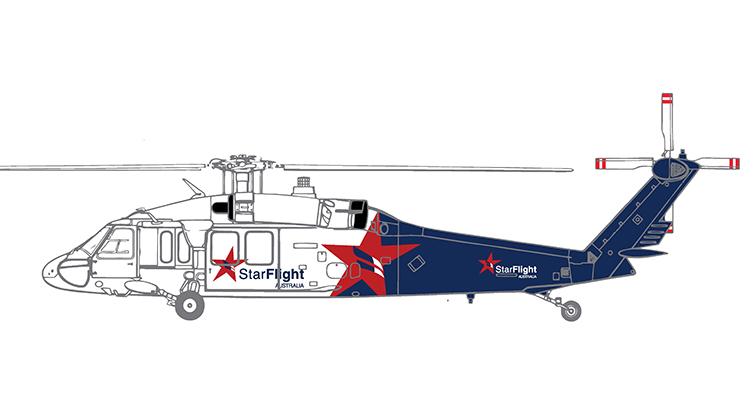
“These Black Hawks are all fully supported and backed by Sikorsky. We will have a supply chain commitment and guarantee, OEM training including simulator training.”
The first StarFlight Black Hawk is ready at Sikorsky in the US waiting to commence its new life in Australia. It will soon be painted in StarFlight’s blue and white colour scheme before being shipped to Sikorsky Helitech, which will take it through a series of modifications required specifically for fire bombing and for inclusion on the VH register in the restricted category.
Separately, StarFlight’s parent company, Kaan Air Australia, intends to also offer up to four new Kamov Ka-3211BC helicopters to the Australian fire fighting market. The coaxial bladed helicopters are part of the groups more than 12 new Ka-32s currently on fire fighting contracts in Turkey.

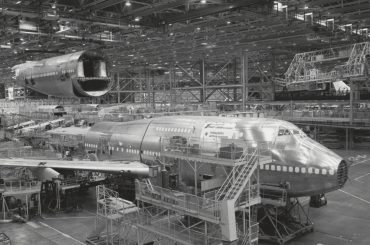



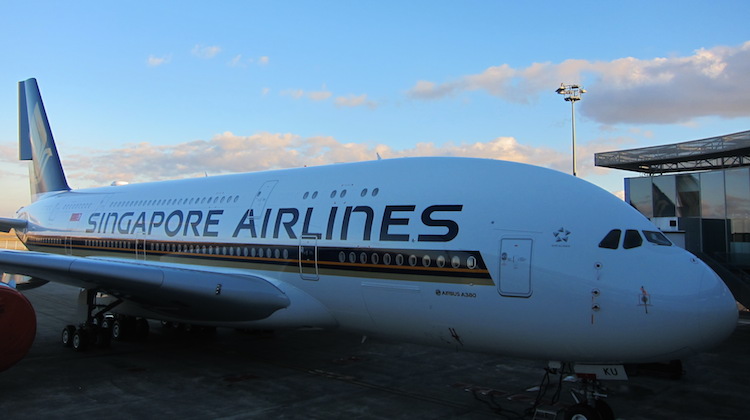






Nathan
says:Could this production line be set up to refurbish our army Blackhawks as well and bring them up to a high standard knowing that the army was keen on keeping them
johnny
says:is there a requirement for the Black Hawks to be fitted with the disco ball and the HIRSS exhaust as in the above livery sketch? looks like the operations might be in hostile areas 🙂
Ben
says:Would be interesting to see if the NT gov would get one up here to Darwin for our dry season. Surely that would be better then leaving them sitting around down south most of the winter?
G4george
says:Interesting that our fire fighting air services have better craft than our army air services, the MRH-90 are still not fully certified. Must be embarrassing they had to resort to bringing the Blackhawks that are based at Holsworthy to fill in for the under performing MRH-90 in the recent Talisman sabre exercise.
Mick181
says:Nathan
A total refurbishment to the latest Blackhawk standard is available to the Australian Army but at this time the Army is sticking with the MRH-90s and the Blackhawks will be retired, probably returned to the States be put through that refurbishment and sold on to a 3rd party.
Michael
says:I think you will find that a commercial venture like this will be much quicker, cheaper and logistically easier to get up and running than purchasing and commission an aircraft for a defence purpose. A defence aircraft has to do more than just sling a water bucket.
These Black Hawks are basically a V8 version of a UH60 whos primary purpose will be to sling one big water bucket.
All these guys need to do is run the aircraft through a refurb program, get some pilots and crew, there will be plenty of ex ADF types in Australia, a place to operate from and they are ready. Smart business model using refurbished Black Hawks and getting Sikorsky involved.
Chris
says:Michael, couldn’t agree more.
Also, an additional benefit of choosing the Blackhawk is that there’ll be no shortage of spare parts or qualified/trained personnel about the place – both here and overseas.
Dave f
says:George, where are the photos of Australian Army Blackhawks at Talisman Sabre 2017? I have not seen any.
Nosey
says:The part in the article- ‘when not fighting fires here, aircraft will be configured for counter-disaster style operations’ ……is there scope in the contract to support current aging adf helicopter operations?…
G4george
says:Dave f you can find photos of them at Central Queensland plane spotters facebook, from memory they sent 6 Blackhawks, parked at the Rockhampton airport.
Bob
says:Quote:
“It’s proven that the MRH has capabilities above what the Black Hawk can provide.”
One of their big tests had been a night-flying mission.
“We had four MRHs on the HMAS Canberra which was 230km off the coast, they flew a mission and inserted a pre-landing squad undetected and returned to the ship at night,” he said. “The Black Hawks do not have that range and would have struggled to return to the ship.”
As he was talking, four Taipans took off simultaneously with two US Apache attack helicopters to collect blue force troops in the field and insert them closer to their final objective.
http://www.couriermail.com.au/news/queensland/exercise-talisman-sabre-sees-thousands-of-soldiers-help-train-armys-ready-brigade/news-story/38ec0dd6ca4a1f8ae90d81732ce58183
Gary
says:Nosey – aging ADF helicopters?
Lucky
says:Seems like a big investment with no contracts??something fishy going on here!!
There is already too many helicopters in this game! Good luck.
John
says:The ADF Black Hawks were there to support Special Operations training. The MRH were there to support Airmobile operations. The US Army also sent some UH 6Os.
Different mission for the AS Black Hawks. The MRH is certified and deployable. They’re in PNG now.
interesting
says:Wonder how it’ll be VH registered… You can’t be a LAME on this type of aircraft without doing a CASA-approved type course, and the ADF ones don’t count. You’ll have to have an FAA licence – surely it’ll stay N-registered, and just run by Americans.
As to why we can’t sell the ADF ones into a similar role, the Americans say we can’t because of ITAR. We’d have to sell ours back to an American company with ITAR exemption, and then pay them to operate them here for us. It’s like ITunes with US military hardware – we “pay” to purchase these helicopters, but we don’t actually have the right to use / sell / dispose of them how we like.
They mention Restricted category… this puts big restrictions on the ability to transfer passengers, even firefighters and emergency service personnel. Not sure about members of the public.
On the plus side, it would be an absolute weapon on the Australian fire scene, like a B212 but with more grunt. Great safety aspects. Rescue hoist would be great. But firefighting is already a very contested industry, and I’m not sure if they have paired up with an existing fire fighting contractor.
ESLowe
says:I see they’re replacing the engines and upgrading the avionics….but what about the life of the air frames? I’m just assuming that their U.S. Army would service would have entail a good bit of wear and tear. Remember how before R.A.N. service the U.S.S. Saginaw and Fairfax County usually had their bows rammed aground during beach landing in U.S. Navy service.